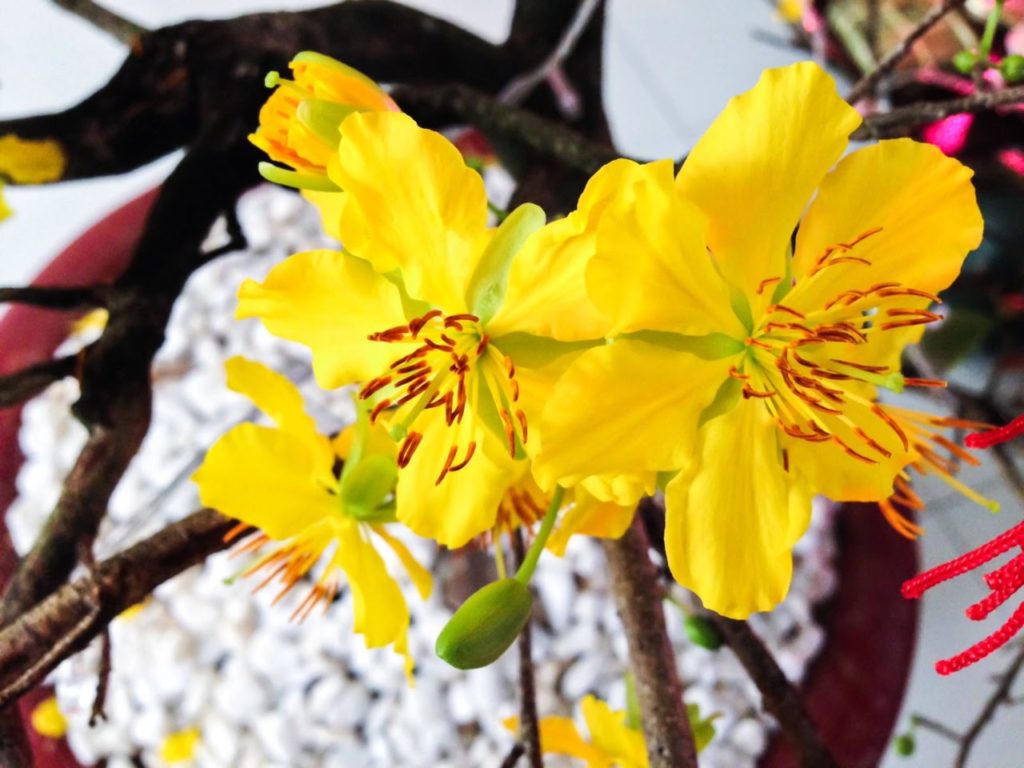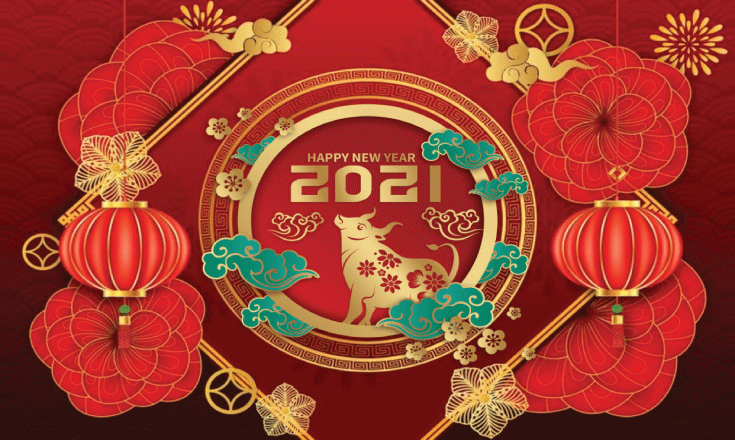According to Britannica, Lunar New Year, or Spring Festival, is a festive holiday typically celebrated in China (Chinese Chunjie) and other Asian countries (Vietnamese Tet, Korean Solnal, Tibetan Losar) that begins with the first new moon of the lunar calendar and ends on the first full moon, 15 days later. The lunar calendar is based on the cycles of the moon, so the dates of the holiday vary slightly from year to year, beginning some time between January 21 and February 20 according to Western calendars.
Why do only Asians follow the Lunar/Moon calendar?
Asian cultures, especially countries in the East Asian cultural sphere, mainly belong to the wet rice civilization. Due to the need for agricultural cultivation, the East created a calendar based on the moon because it is related to the water cycle, which is crucial for irrigation. Residents use the Solar term to consider a particular astronomical event, climate change, or natural phenomenon. Based on the Solar, the Moon calendar divides a year into 24 solar periods, in which the Lunar New Year is the beginning of a cultivation’s circle. Residents often celebrate numerous festivals at this time to express their divine gratitude and pray for pleasant weather for the new crops. This yearly tradition gradually became the Lunar New Year.
What is the origin of Lunar New Year?
The origins of the Lunar New Year festival go back thousands of years, with traditions and legends being passed on from generation to generation. One legend is that of Nian, a hideous beast believed to eat livestock, crops, and even people on New Year’s Eve. Because Nian feared the color red, loud noises, and fire, residents pasted red paper decorations to doors, burned lanterns all night, and lit firecrackers to frighten the beast away.
What are the activities that people usually do during the Lunar New Year?
Because of the cultural diversity between countries, I will take Vietnamese Tet as an example so that you can have a more concrete view of the activities that we usually do.
Below are the top 5 annual activities for Vietnamese people on their Tet holiday:
- Sweeping of the grounds.
Approximately ten days before the beginning of the new lunar year, family members have to spend time cleaning the house thoroughly from the alley to the house with the meaning of rearranging unfinished things and erasing the bad things of the old year. They throw away rubbish and old utensils, then shop for new utensils, clothes and flowers.
- New Year decoration.
Northern cherry blossoms, Southern apricot flowers and kumquat trees are used as symbols of luck, happiness, and prosperity for the family.

- Wrapping various traditional cakes.
Banh Chung, Banh Tet, and Banh Giay are typical dishes on Tet in Vietnam. From the 26th to the 30th of the lunar month, the family members will pack the cakes and cook them for one day and one night. I really love the feeling when we sit next to the boiling pot, cozy and peaceful.

- New Year’s Eve party.
Celebrating New Year’s Eve is one of the most popular activities of Tet. At this moment, each family has two fruit trays to worship their ancestors and eliminate all the bad things of the old year and welcome a new year of peace, luck, and happiness. On New Year’s Eve, localities across the country will perform spectacular fireworks performances lasting about 15 minutes. According to Chinese tradition, the light and noise of fireworks can repel evil and bad omens. At midnight on the eve of the Lunar New Year, fireworks will be launched into the sky for everyone to say goodbye to the old year and greet the new one.

- Exchanging lucky money.
This tradition is called “li xi” in Vietnam. When adults first meet kids on the first day of the new year, they will give the children a red envelope with a small amount of money inside as they believe “li xi” will bring children hope and health. Besides the money, a red envelope is also a sign of luck and prosperity according to Asian belief, since the more “li xi” a person gives or receives, the more fortune he will gain.

Lunar New Year is one of the biggest holidays of the year. People usually come back home and reunite with their family after a long, busy and stressful year. The moments of a family reunion are precious and sacred, making the Lunar New Year become a noble gift for everyone! The Lunar New Year is also an opportunity for everyone to show mutual love and send sincere wishes to each other. Entering a new year means everything becomes new, so conflicts should be forgotten and replaced with warm words.
Author

Hi Folks! Lolita Kim is a social media manager and the staff writer at the Seattle Collegian. She is a Computer Science student at SCC. Her dream is to become an Information Systems Manager (IS Manager). She enjoys listening to BTS' music because their melody appeases and heals her rotten soul.












Be First to Comment